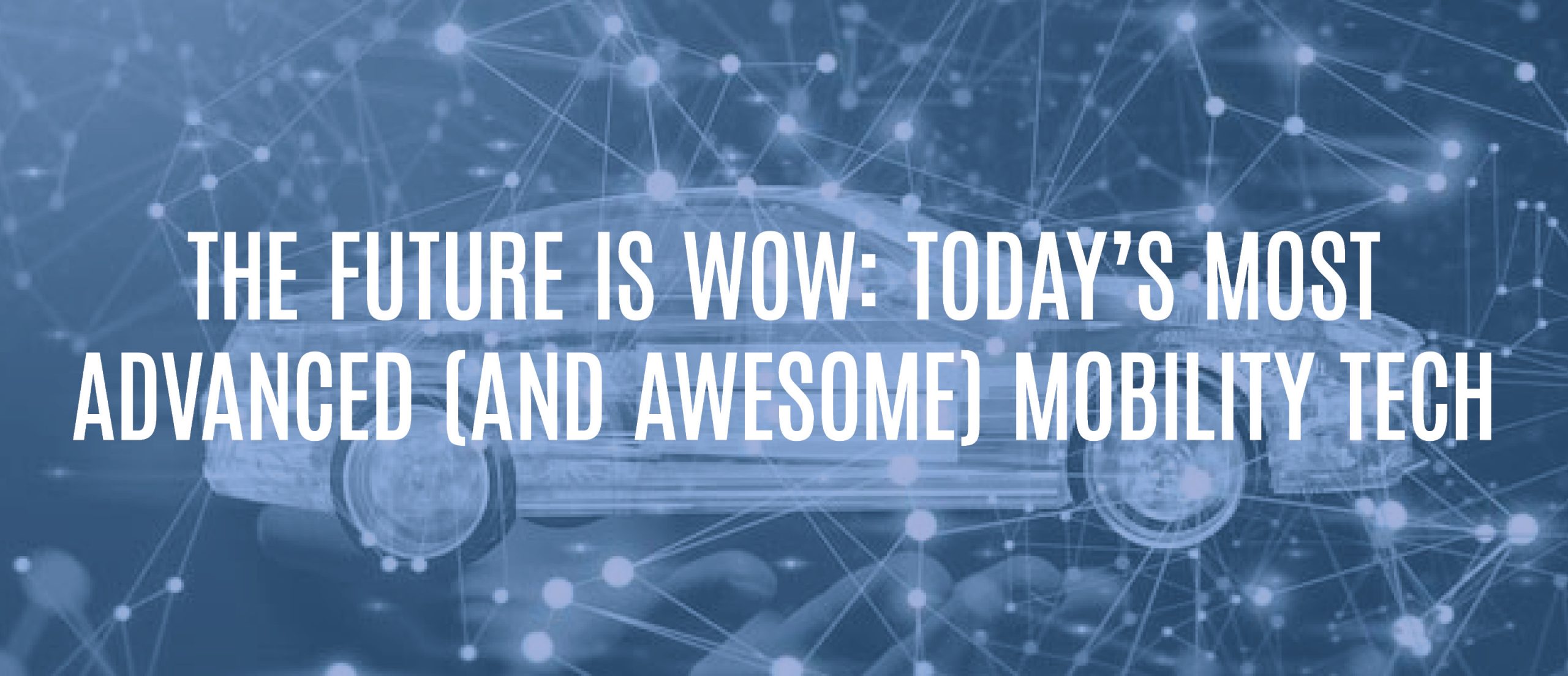
NINETY PERCENT
That’s how much of the information processed by the brain is visual. It’s our primary form of recognition and it’s also responsible for nearly every action we make. But visual perception is as important to technology as it is to our own neurology.
We’re all familiar with some form of visual recognition tech, be it automatic doors or facial recognition on our smartphones. Today, with AI and IoT (Artificial Intelligence and the Internet of Things, respectively), video intelligence is becoming increasingly more common. And convenient.
It may also prove to be the mobility industry’s next watershed.
CONTEMPORARY APPLICATIONS IN PARKING AND TRANSIT
By video intelligence, I refer to the use of video and visual sensors to read an environment, recognize features on an object or person, and automatically fulfill at least one response.
Though such systems are by no means new to parking and mobility, their presence and their potential in our industry are growing rapidly.
In Las Vegas, for example, Ace Parking facilities alone service 10,000 customers per day with License Plate Recognition (LPR) systems, something not widely adopted until very recently.
Believe it or not, license plates are our cars’ most unique features, allowing LPR technology to read and register vehicles by their plates similarly to how facial recognition technology recognizes people by the unique features of our eyes and face.
To beef up customer service, hotels and casinos throughout Sin City include parking in their membership packages. Members’ license plates are recorded in a private LPR system, so that when entering or exiting parking facilities fees can be charged or waived automatically.
257 miles southwest, San Diego International Airport uses visual intelligence to turn parking demand into revenue. It responsively prices the costs of premium, near-terminal parking spots during peak travel periods, like Thanksgiving weekend.
Overhead sensors monitor available parking spots and customers who opt for premium stalls are charged the increased rate when they leave. The experience is further enhanced for drivers of connected vehicles, who’s early-level AV systems can tap into the overhead scanners and be guided directly to open stalls.
Of course, the big talk in visual intelligence surrounds its public applications.
City drivers waste around 100 hours per year searching for parking. Incredibly, circling leads to one third of the congestion in urban centers, inspiring some mobility solutions providers to take matters into their own hands by employing the same overhead sensors used by San Diego International Airport to help guide drivers to available parking at the beginning of their journey, thus reducing circling and easing traffic.
Further easing congestion, these solutions can use IoT to suggest when drivers should opt for public trans versus personal vehicles.
But, as with all aspects of mobility that I’ve touched on, seizing the full benefit of video intelligence will require collaboration with city transit agencies.
“In an ideal scenario,” explains Worldsensing, a Barcelona-based IoT provider, “cities and operators work with a reliable, robust system which empowers them to control traffic, parking and pricing more efficiently and consequently to generate incremental revenues.”
SMART SENSORS, SMART CITIES
Visual intelligence (if the name wasn’t suggestive enough) will likely prove to be a cornerstone in smart-city optimization. It’s not farfetched to think that we’ll soon be integrating real-time satellite imagery into video intelligence solutions to give drivers up-to-the-second parking and transit data. A sort of Wayz-meets-Google Earth.
But will regulations and public acceptance keep up with advancements in technology? That’s not as easy to predict.
Sure, it’s crucial to optimizing visual intelligence technology, but, for instance, would cities be on-board with allowing public busses to access sensor data to determine whether or not to use a freeway shoulder during rush hour? If no emergency vehicles are present, why shouldn’t they? But as of today, such optimization of our mobility infrastructure juxtaposes the norms we’ve all grown very used to.
And while the general public is OK with giving technology open access to our online data, something about it actually seeing us, in whatever distorted capacity, is less than popular. (Remember the whole TSA body-scanner ordeal?)
So, where do we go? Well, forward, of course.
Technology frequently faces headwinds of some sort. But, when it’s for the benefit of society, it usually prevails.
Like all emerging tech in parking and mobility, visual intelligence is here to make our lives safer and more convenient.
Still, even with 90% of our brain’s info coming from our eyes, it may be difficult to see the benefits of visual intelligence systems right now. However, as populations continue to rise and cities grow more dense and traffic worsens and parking spots seem to simply disappear, the importance of embracing this technology will become crystal clear.
FINAL THOUGHTS
– Visual intelligence technology is an important step in optimizing parking and mobility.
– Its benefits range from customer experience to municipal revenue.
– The number of possible applications is going to increase as mobility technology becomes more advanced and integrated.
– Engineering the technology is no easy feat, but public adoption might be the biggest challenge for visual intelligence.
